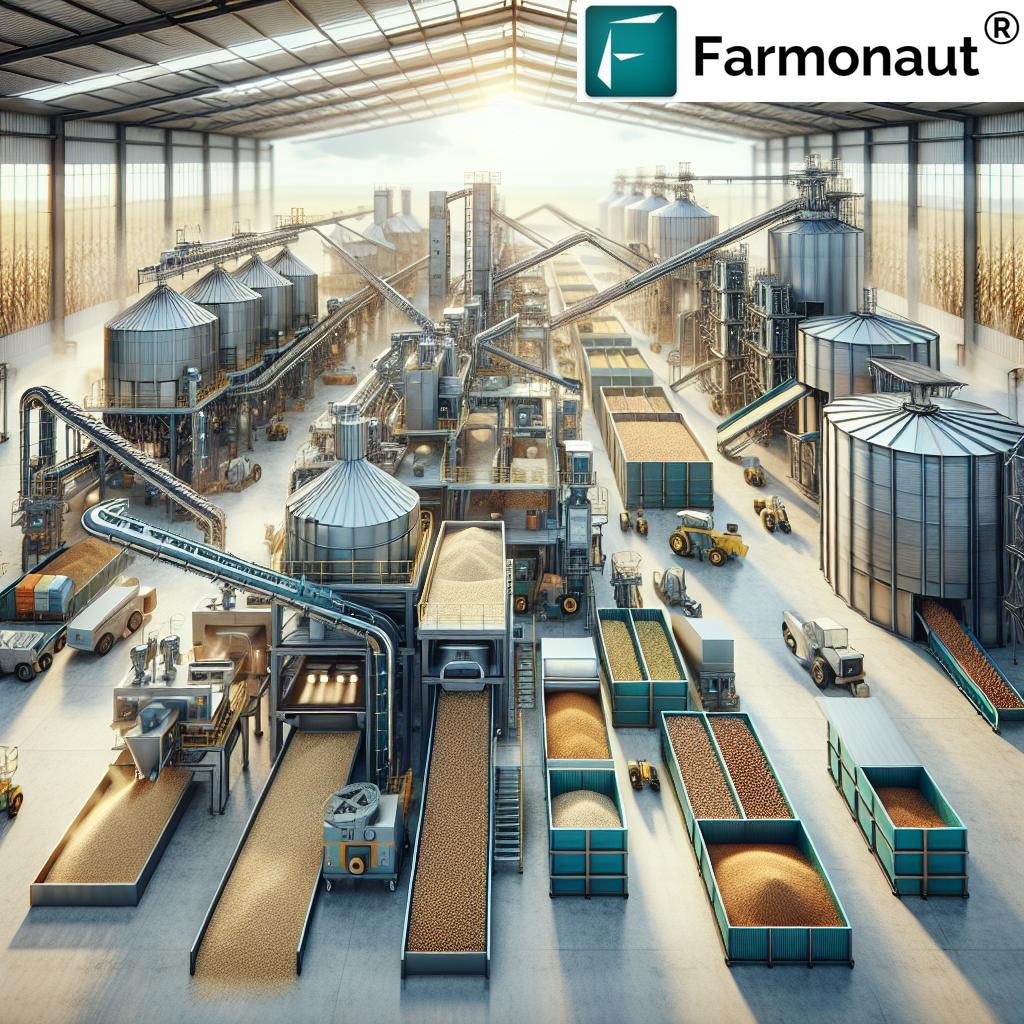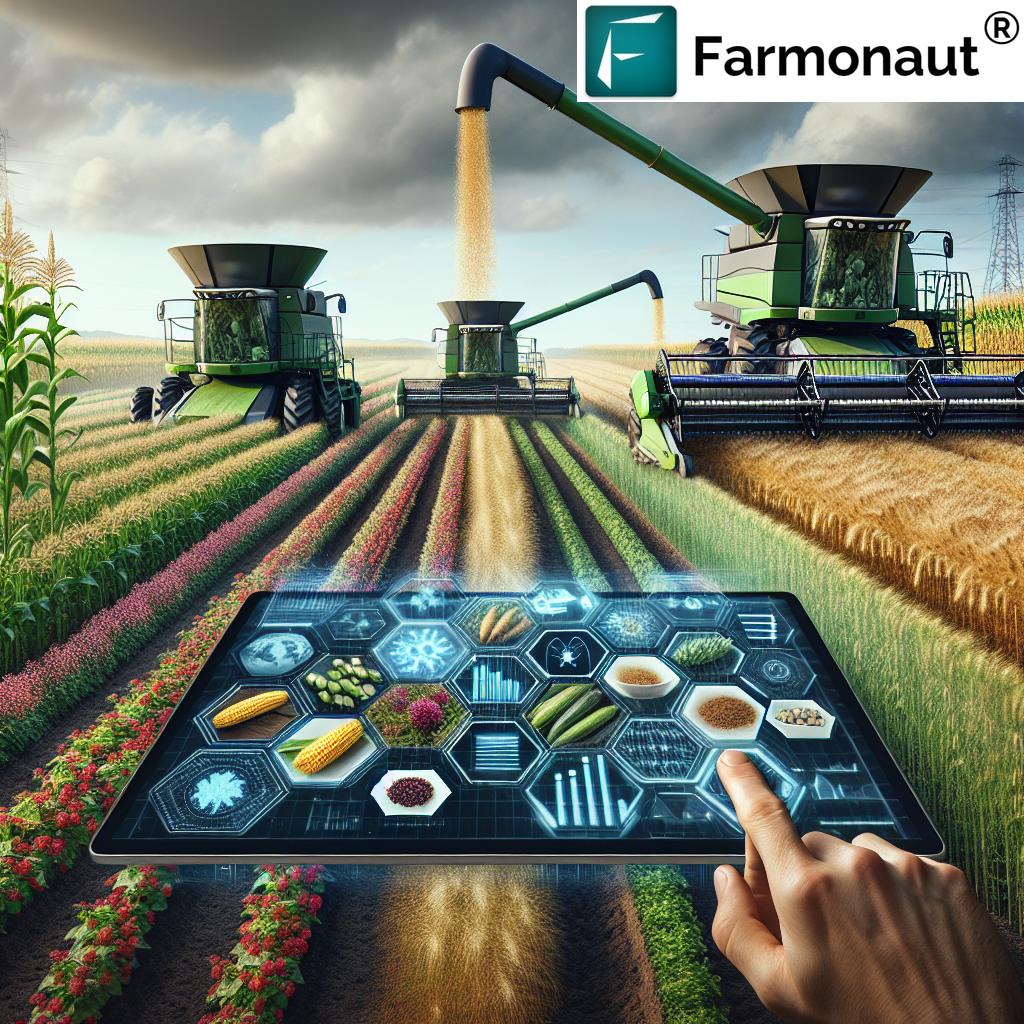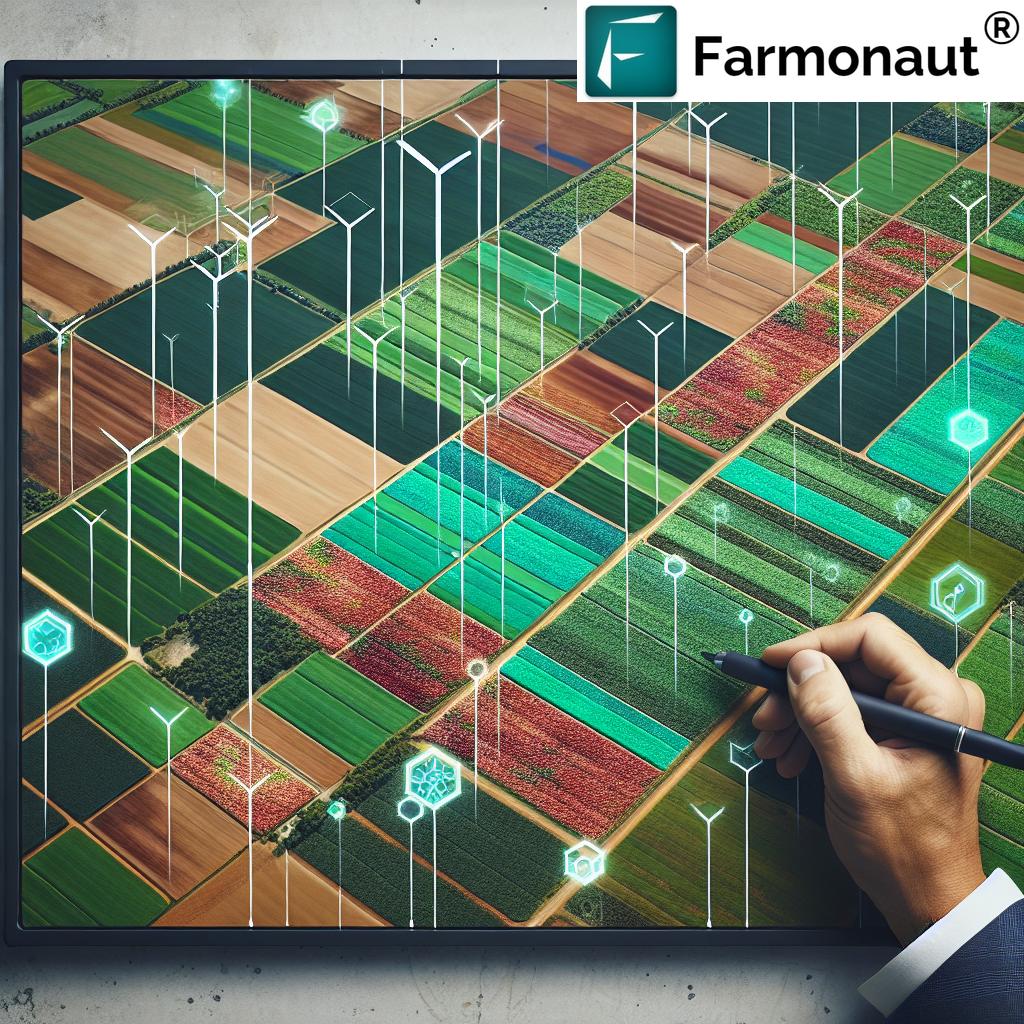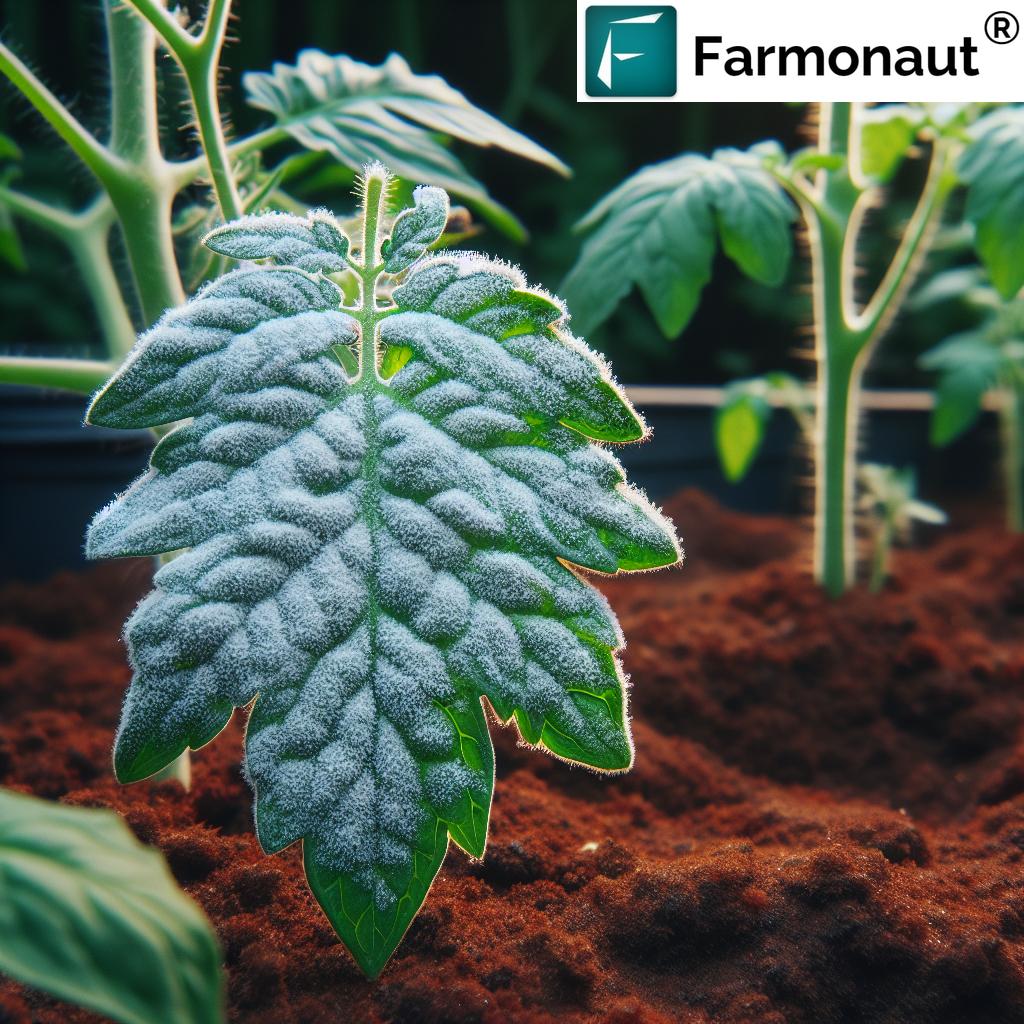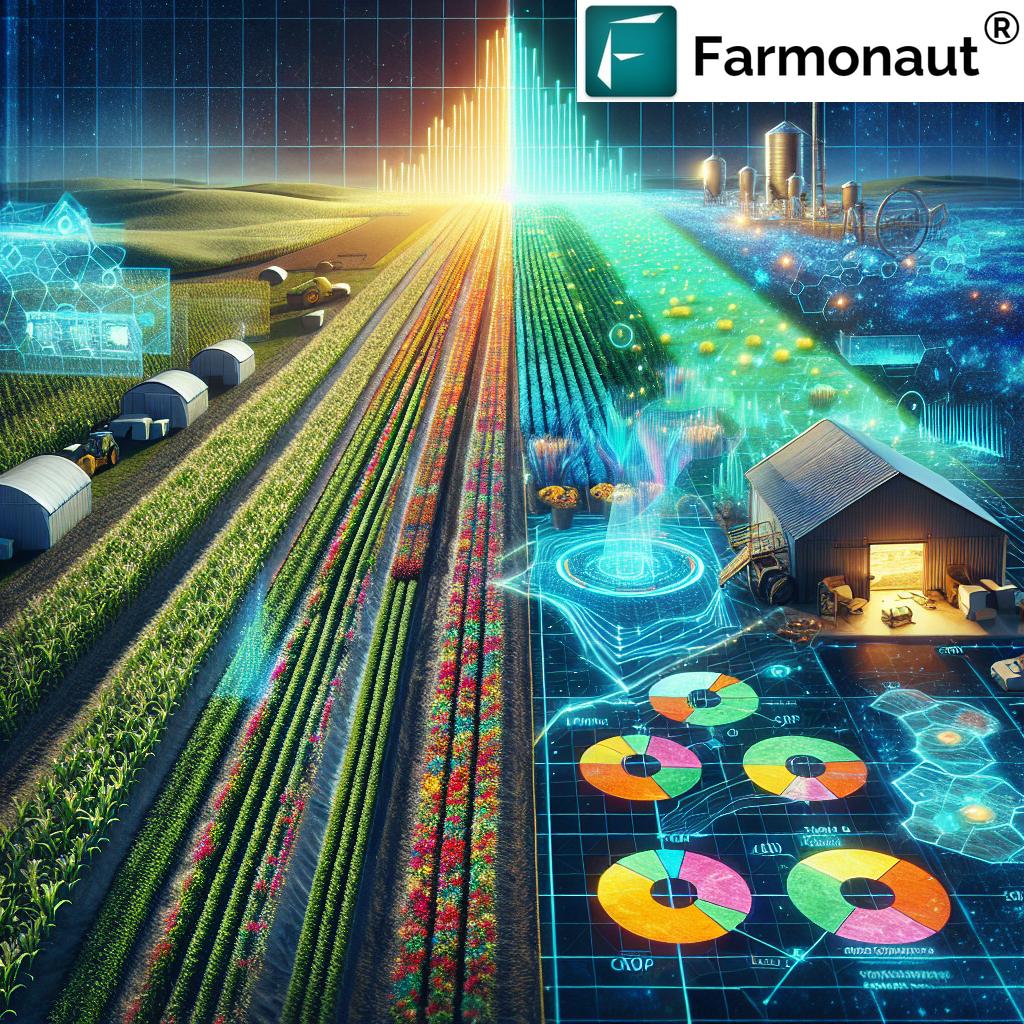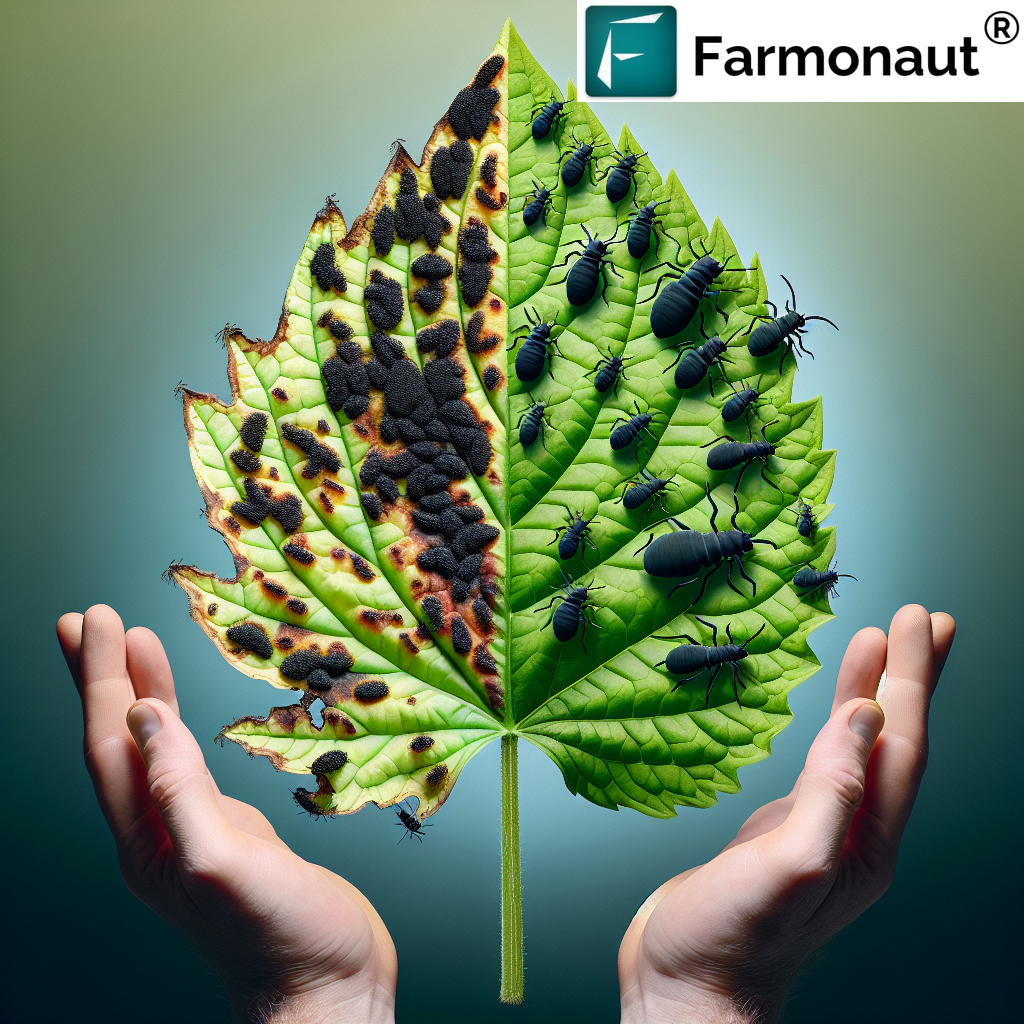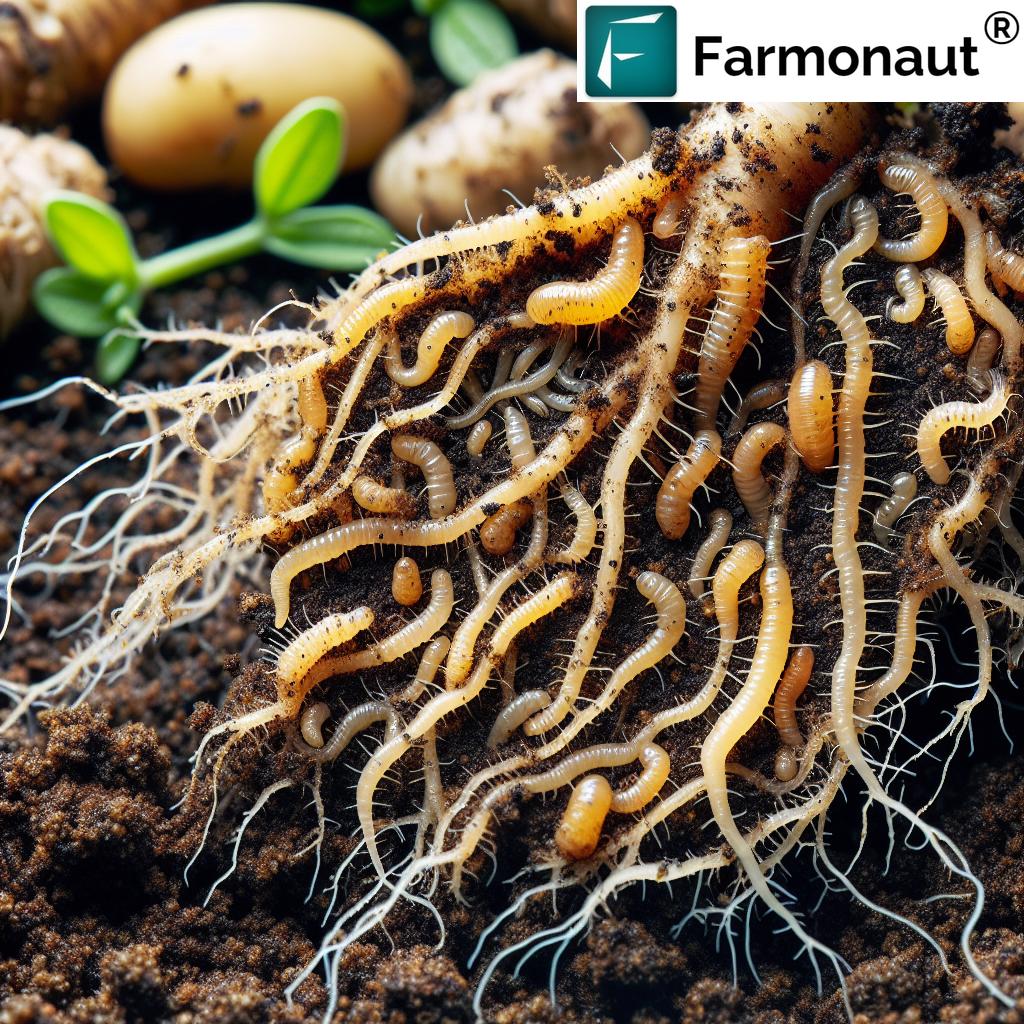Crop Processing Development: 7 Innovations You Can’t Miss
Introduction to Crop Processing Development
At the very core of agriculture lies the intricate art and science of crop processing. This vital process transforms raw crops into consumable goods, extending shelf life, improving nutritional value, and ensuring food quality and safety. As we advance further into an era shaped by technology and sustainability, the world of crop processing is undergoing a rapid metamorphosis driven by technological advancements—from efficient harvesting methods and innovative drying technologies to precision data analytics and renewable energy integration.
Crop processing development not only bolsters agricultural productivity and economic growth, but it also forms the backbone of food security and sustainable farming practices globally. In this comprehensive post, we’ll explore the evolution, the contemporary advances, and seven can’t-miss innovations revolutionizing modern crop processing techniques. Along the way, we’ll see how sustainability, efficiency, and value addition are shaping the future of agriculture and forestry.
Historical Evolution of Crop Processing
The Origins: Manual Methods and Early Techniques
Historically, transforming crops into consumable goods was a labor-intensive activity. Manual methods such as sun drying, hand threshing, basic milling, and primitive fermenting were the norm in early agriculture. These processes, while effective in small communities, were labor-intensive and often lacked consistent quality control, resulting in variable shelf life and nutritional outcomes.
The Industrial Revolution: Mechanized Tools and Automation
The industrial era marked a pivotal leap, introducing mechanized tools that fundamentally transformed agricultural processing technologies. The adoption of steam-powered machinery streamlined arduous tasks like threshing and milling, substantially reducing labor and time requirements. The invention of combine harvesters further integrated harvesting, threshing, and cleaning processes into a single, efficient operation, drastically improving productivity and efficiency.
With the widespread use of electricity and improvements in automation, crop processing tasks became even more efficient, paving the way for modern advances in both large-scale and smallholder agriculture. These transitions set the stage for a new era—one focused on precision, sustainability, and value addition.
Modern Advances in Crop Processing Techniques
In the recent decades, the fusion of precision farming solutions, data-driven analytics, and sustainable agriculture practices have brought transformative change to crop processing development. Today’s advancements focus not just on maximizing yield and productivity, but also on minimizing waste, reducing environmental impact, and enhancing food quality and safety in agriculture.
Precision Agriculture and Data Analytics
The integration of GPS, satellite monitoring, and real-time data analytics enables us to optimize planting, harvesting, and processing operations down to each hectare. By integrating technologies like satellite-based crop health monitoring — such as those offered by Farmonaut — we’re able to make evidence-based decisions that directly improve crop quality, reduce resource waste, and support sustainable agriculture practices.
Biotechnology and Crop Varieties
Significant advancements in biotechnology have yielded crop varieties that are more resistant to pests, diseases, and environmental stresses. These crops require less intensive processing and offer improved adaptability. This leads to more efficient crop processing and higher-quality, value-added agricultural products.
Renewable Energy in Crop Processing
Renewable energy sources, like solar and wind power, are now integrated into modern processing facilities. This significantly lowers the carbon footprint of agricultural processing technologies and supports sustainable food production.
Do you want to learn more about Farmonaut’s carbon footprinting solutions? Read about our comprehensive platform for tracking and reducing emissions in agriculture.
Automation and Smart Machinery
From combine harvesters and automatic cleaning units to intelligent sorting machinery, automation has reduced the need for manual labor, increased safety, and minimized losses. The outcome? Faster, more reliable, and efficient crop harvesting methods across the agricultural sector.
Farmonaut: Leading the Digital Transformation in Agriculture
Services like Farmonaut are spearheading this movement with tools including satellite-based crop monitoring, large-scale farm management apps, and fleet/resource management systems for efficient operation tracking.
Crop Processing Development: 7 Innovations You Can’t Miss
Let’s spotlight the seven most impactful innovations driving the current and future landscape of crop processing development:
- Satellite-Based Crop Health Monitoring
- Advanced Precision Farming Solutions
- Infrared and Ultraviolet Processing Technologies
- Microwave-Based Crop Drying and Extraction
- Blockchain Product Traceability
- AI and Machine-Learning Advisory Systems
- Integration of Renewable Energy in Processing Facilities
Let’s explore how each innovation is transforming the field:
1. Satellite-Based Crop Health Monitoring
Harnessing the power of remote sensing and multispectral satellite imagery, tools like Farmonaut’s platform allow for real-time monitoring of crop health, soil moisture, and vegetation conditions through NDVI and similar indices. This enables:
- Timely detection of stress, pests, and diseases
- Optimization of irrigation and fertilization, thus maximizing yield and resource use
- Data-driven decisions for optimized harvesting, processing, and storage
Want to experience these features in your fields? Explore the Farmonaut app for real-time crop monitoring solutions.
2. Advanced Precision Farming Solutions
The leap toward precision farming leverages GPS-guided equipment, machine learning, and sensor data to fine-tune every farming practice—from planting to harvesting. The result is:
- Reduced waste and minimized inputs with precise application
- Improved efficiency and reduced labor costs
- Consistent quality and higher-end products
Trivia: “Modern sustainable agriculture practices have reduced post-harvest losses by nearly 25% globally.”
3. Infrared and Ultraviolet Processing Technologies
New infrared and ultraviolet systems are deployed in drying and decontaminating specialty crops like nuts and grains. Infrared drying preserves nutritional quality while saving energy and water, whereas ultraviolet exposure ensures effective microbiological safety, further extending product shelf life.
- Improved food safety and reduced toxin levels
- Lower energy consumption compared to traditional methods
- Minimized environmental impact
4. Microwave-Based Crop Drying and Extraction
Microwave processing technologies are revolutionizing the way we dry and extract high-value compounds from specialty crops. Microwave drying is faster and gentler, maintaining the nutritional value and color of products while simultaneously reducing process time and operational costs.
- Energy efficiency is increased up to 50%
- Preservation of taste, color, and nutrients
- Suitable for high-value products like herbs, teas, and spices
5. Blockchain Product Traceability
Our markets demand transparency. Blockchain-based traceability—as implemented in solutions like Farmonaut product traceability—records every stage in the supply chain, preventing fraud, supporting food safety, and reinforcing consumer trust in agricultural products.
- Verifiable supply chain records
- Reduced fraud and enhanced safety
- Access to new export markets due to compliance with traceability regulations
6. AI and Machine-Learning Advisory Systems
AI-powered advisory tools, like Jeevn AI from Farmonaut, analyze satellite imagery and other data sources to generate actionable recommendations on irrigation, fertilizer application, pest management, and more. This results in:
- Personalized crop care at scale
- Faster response to pests, diseases, and climate risks
- Improved resource allocation and enhanced yields
7. Integration of Renewable Energy in Processing Facilities
Sustainability is imperative. The use of solar, wind, and renewable energy sources within processing facilities not only reduces the overall carbon footprint of agricultural processing operations but also supports long-term energy security and cost savings.
- Reduced greenhouse gas emissions
- Lower operating costs
- Improved marketability of sustainably processed products
Comparison Table of Crop Processing Innovations
| Innovation Name | Estimated Adoption Year | Key Technology Used | Main Benefit | Impact on Food Quality | Impact on Efficiency | Impact on Sustainability | Example Crop/Application |
|---|---|---|---|---|---|---|---|
| Satellite-Based Crop Health Monitoring | 2017 | Multispectral Imaging, Data Analytics | Maximizing yield, reducing resource wastage | +20% | +25% | High | Cereals, Legumes, Fruits |
| Advanced Precision Farming Solutions | 2015 | GPS Guidance, IoT Sensors, Analytics | Reduced waste, improved labor efficiency | +18% | +30% | High | All major crops |
| Infrared/Ultraviolet Processing | 2018 | IR/UV Emitters, Sensors | Higher food safety, energy savings | +24% | +22% | Moderate-High | Nuts, Grains, Seeds |
| Microwave Crop Processing | 2019 | Microwave Heaters, Sensors | Faster drying, better value compounds | +15% | +50% | High | Herbs, Spices, Vegetables |
| Blockchain Traceability | 2020 | Blockchain Technology | Transparency, anti-fraud | +10% | +17% | High | All export crops |
| AI/Machine-Learning Advisory | 2021 | Artificial Intelligence, Big Data | Personalized decision-making | +22% | +19% | High | Wheat, Rice, Oilseeds |
| Renewable Energy Integration | 2016 | Solar/Wind Installations | Reduced carbon footprint, cost savings | +13% | +27% | Very High | Grains, Oilseeds, Legumes |
Sustainable Processing Technologies and Practices
At the heart of value added agricultural products and enhanced food quality and safety in agriculture lies the evolution of sustainable processing technologies. Some critical approaches include:
- Infrared Heating: Used in drying grains and nuts, preserving both nutritional quality and taste while dramatically reducing energy and water consumption.
- Ultraviolet Sanitation: A weed in pathogens and microbes, UV rays increase food safety and allow for longer shelf life without excessive chemical use.
- Microwave Extraction: Offers efficient extraction of high-value compounds from specialty crops and herbs with much less process time versus traditional methods.
- Solar and Renewable Energy: Solar thermal processing systems dry raw produce with zero direct emissions—drastically reducing operational carbon footprint.
All these improvements are not just theoretical but deliver proven energy savings, minimized waste, and higher value agricultural products.
Want to integrate sustainability into your large-scale farming?
Check out Farmonaut’s Large-Scale Farm Management App to manage and monitor all your resources with ease.
Economic and Social Impacts of Crop Processing Development
The adoption of advanced crop processing development technologies reverberates throughout entire economies:
- Increased GDP Contribution: In many developing nations, agriculture and crop processing comprise a significant share of the economy, supporting both rural livelihoods and national growth.
- Job Creation and Skill Development: While automation has reduced manual labor, new jobs in technology management and data analytics have emerged.
- Foreign Exchange Earnings: Processed agricultural products are major export commodities worldwide, generating foreign exchange and improving national trade balances.
- Boosted Food Security and Safety: Enhanced value and longer shelf life mean less food waste, more marketable goods, and steadier supplies.
Learn how Farmonaut’s crop loan and insurance verification supports farmers’ access to finance by providing reliable analytics for banks and insurers: Read details here.
Challenges in Modern Crop Processing
While the sector has made impressive strides, several persistent challenges still threaten efficiency and sustainability:
- Climatic Uncertainty: Weather at the time of harvesting—such as unexpected rains—can delay processes, reduce seed quality, and make drying difficult.
- Machinery and Technology Access: Small-scale farmers in emerging economies still lack access to modern harvesting, threshing, and processing machinery.
- Labor Shortage: The shift toward technology reduces unskilled labor demand, while the need for skilled workers (for data management, repair, analytics) grows.
- Knowledge and Training Gaps: Adoption of cutting-edge technologies requires ongoing training and support in precision agriculture techniques.
- Post-Harvest Losses: Storage, drying, and preservation during wet periods remain problematic—especially for crops sensitive to humidity.
Farmonaut provides practical solutions that can bridge many of these efficiency gaps by optimizing fleet and machinery management through digital tools.
The Future of Crop Processing: Digital Transformation, Data Analytics, and AI
The next revolution in crop processing development is being written in code and visualized in data. The emerging paradigm is one of full digital transformation in agriculture:
- Digital Twins: Virtual models of fields, processing units, and supply chains will offer precise forecasts, predictive analytics, and automated resource management.
- AI-Powered Advisory Platforms: Systems that synthesize satellite data, weather information, and real-world feedback to make real-time recommendations.
- Integrated Water and Pesticide Management: By merging data across multiple sources, we optimize resource use and drastically cut waste.
- Blockchain for Full Chain Transparency: Ensuring traceability, consumer safety, and regulatory compliance.
Follow our developer documentation to access satellite and weather data for your own agri-tech projects:
Farmonaut API |
API Developer Docs
Farmonaut’s Role in Advancing Crop Processing Development
Farmonaut is committed to making precision agriculture universally accessible, affordable, and sustainable.
- Satellite-Based Crop Monitoring & NDVI Analytics: Monitor crop health, planting cycles, moisture, and pest outbreaks remotely—enabling just-in-time farm management.
- Jeevn AI Advisory System: Receive actionable, personalized recommendations for resource allocation and yield maximization.
- Blockchain Traceability: Guarantee end-to-end supply chain transparency—essential for modern food safety and compliance.
- Fleet & Resource Management: Optimize your machinery fleet, workforce allocation, and logistics through data-driven dashboards.
- Carbon Footprint Tracking: Real-time data helps agribusinesses monitor and reduce their environmental impact.
Key Benefits at a Glance:
- Affordable, data-driven precision agriculture without hardware barriers
- Real-time crop health and field updates anytime, anywhere
- Transparent, verifiable supply chains and carbon tracking
- Improved sustainability, efficiency, and profitability for all farm sizes
Farmonaut’s flexible subscription and API-first model ensures scalability—from the smallholder with 1 hectare, to regional governments monitoring thousands of acres.
FAQ: Your Questions on Crop Processing Development
Q1: What is crop processing and why is it important?
Crop processing is the transformation of raw agricultural products into consumable goods, improving their shelf life, nutritional value, and market value. This process is crucial for ensuring food security, reducing waste, and promoting sustainable economic growth in the agriculture sector.
Q2: What is the role of technology in modern crop processing development?
Innovations such as satellite-based monitoring, AI-powered decision support, advanced drying (infrared, microwave), and precision farming have made crop processing more efficient, sustainable, and data-driven than ever before.
Q3: How do sustainable processing technologies benefit farmers and the environment?
Technologies like solar thermal drying, UV-based sanitization, and energy-efficient automation reduce energy/water use and greenhouse gas emissions while yielding higher-quality, safer food products. This leads to long-term profitability and lower environmental impact.
Q4: How does Farmonaut improve crop processing efficiency?
Farmonaut leverages satellite imagery, AI, and blockchain for real-time crop health monitoring, resource optimization, transparent traceability, and integrated farm management. This collective digital approach increases efficiency, quality, and overall farm sustainability.
Q5: How accessible are these technologies for smallholder farmers?
Unlike traditional high-cost systems, Farmonaut provides affordable, subscription-based access to state-of-the-art precision farming solutions via mobile and web platforms—making leading agricultural processing technologies available to farms of all sizes worldwide.
Conclusion
Crop processing development stands as a linchpin in the advancement of modern agriculture and forestry—bridging tradition with technology, and efficiency with sustainability. By embracing innovations like satellite-driven analytics, precision farming solutions, energy-smart drying methods, and blockchain product traceability, we advance toward a future where food quality, economic value, and environmental stewardship go hand in hand.
Farmonaut remains at the forefront of this revolution, delivering the data, insight, and digital tools necessary for efficient, transparent, and sustainable crop processing. With wide-ranging accessibility and next-generation solutions, global agriculture is set for healthier, more secure, and more profitable growth than ever before.
Farmonaut Subscription Plans
Choose the farm management tools best suited to your needs with Farmonaut’s flexible, scalable plans.


